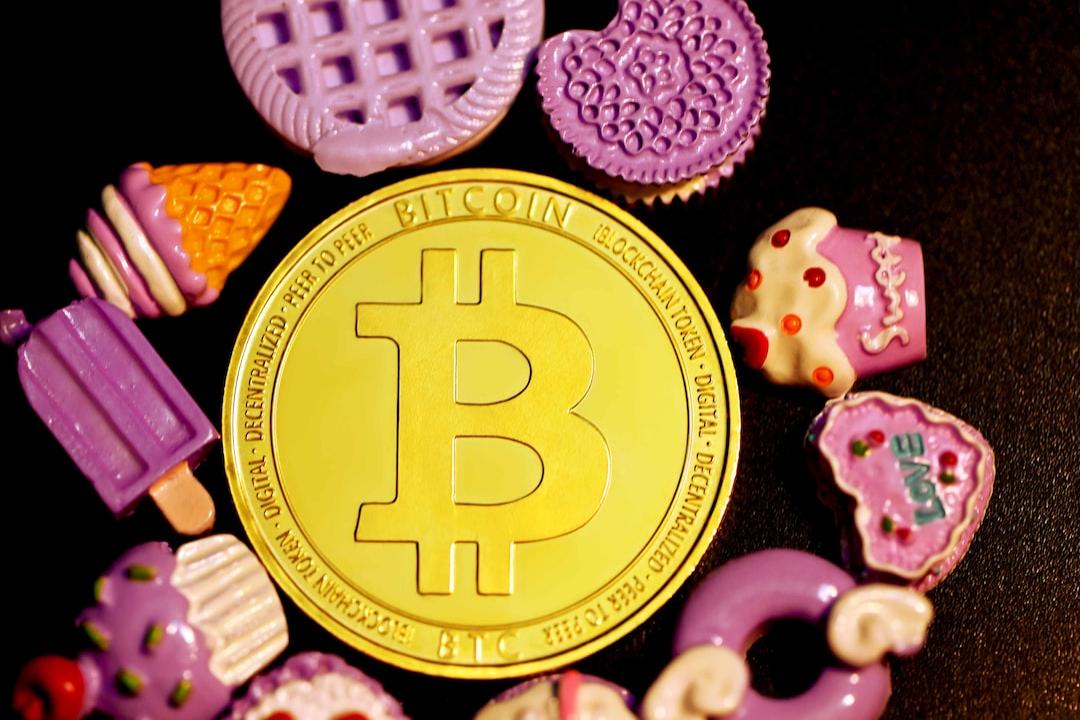Memecoin Overview
Memecoins, as one of the most talked-about asset classes in the cryptocurrency market, often experience price fluctuations closely related to community enthusiasm, market sentiment, and capital flow. These assets provide investors with high-risk, high-reward opportunities, but they also come with significant risks. With major exchanges like Binance listing various memecoins, these cryptocurrencies, though often seen as speculative assets, actually follow identifiable patterns of capital movement.
(Background: Binance: Full compensation for BNB Chain sandwich losses within a limited time, Binance wallet with zero fees for six months, fully sprinting into memecoin season)
(Supplementary Background: Alpha’s treasure hunt: The rise of the BNB Chain memecoin season, how to use tracking tool Chain.fm to identify the next $Mubarak?)
Introduction
By analyzing the transfers between cold and hot wallets of major exchanges like Binance, investors may gain valuable clues to predict market trends. Exchanges typically store most of their assets in highly secure cold wallets, while the funds needed for daily transactions are kept in hot wallets. The movement of funds between these two types of wallets often reflects the exchange’s strategic deployment of specific assets, potentially signaling significant price changes.
This article will explore the correlation between internal transfers of memecoins between cold and hot wallets on the Binance platform and their subsequent price behaviors. By analyzing the correlation between these transfer behaviors and prices, we aim to establish a reliable predictive model to provide investors with tools to identify potential surges.
What is a Memecoin?
Memecoins are cryptocurrencies based on internet culture, memes, or jokes. Unlike mainstream cryptocurrencies such as Bitcoin (BTC) or Ethereum (ETH), memecoins typically lack clear technological innovation or practical value; their value mainly derives from community recognition and speculative demand. For instance, Dogecoin (DOGE) is one of the earliest and most well-known memecoins, created by Billy Markus and Jackson Palmer in 2013 as a parody of the cryptocurrency speculation frenzy.
Characteristics of memecoins include:
- Generally high total token supply
- Extreme price volatility
- Community-driven marketing and promotion
- Significant influence from statements made by celebrities or social media influencers
Definition and Distinction of Cold and Hot Wallets
Further Reading: “Beyond Musk: Who Really Drives Dogecoin’s Prices?! Chip Allocation and Price Influence at a Glance! Quickly Grasp Key Signals Before Price Surges.”
Mainstream Memecoins on Binance
As one of the largest cryptocurrency exchanges globally, Binance has listed various memecoins. This article will analyze some of the most representative ones, including SHIB, PEPE, BONK, FLOKI, and WIF.
Related Links
Analysis of Major Memecoin Holders on Binance
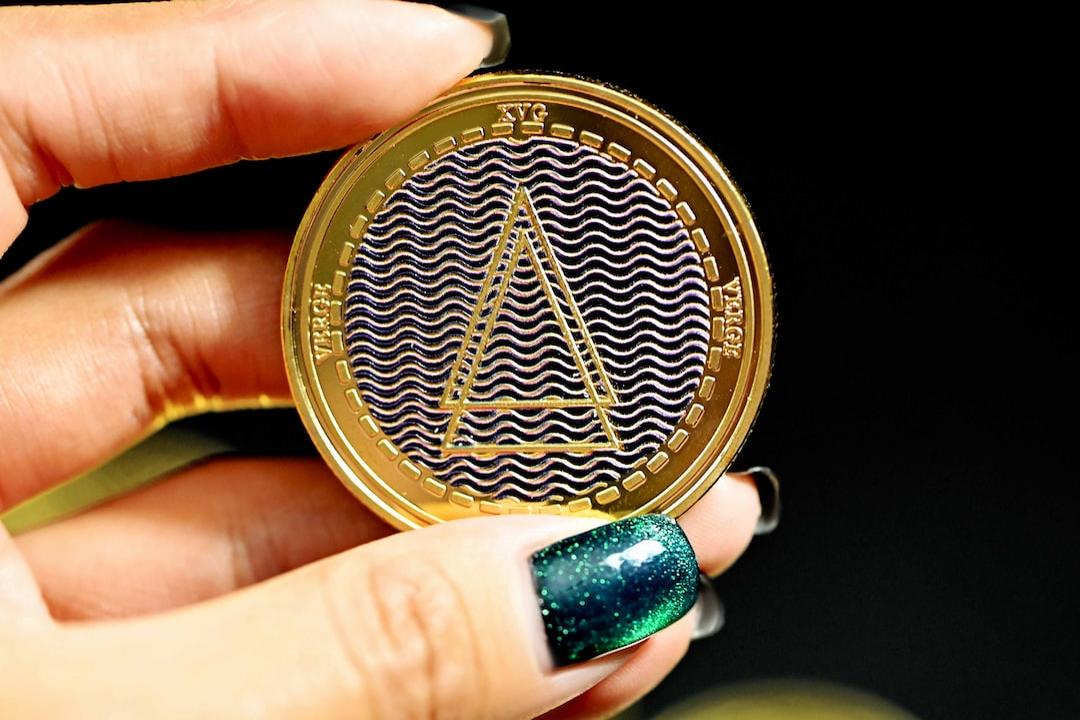
SHIB
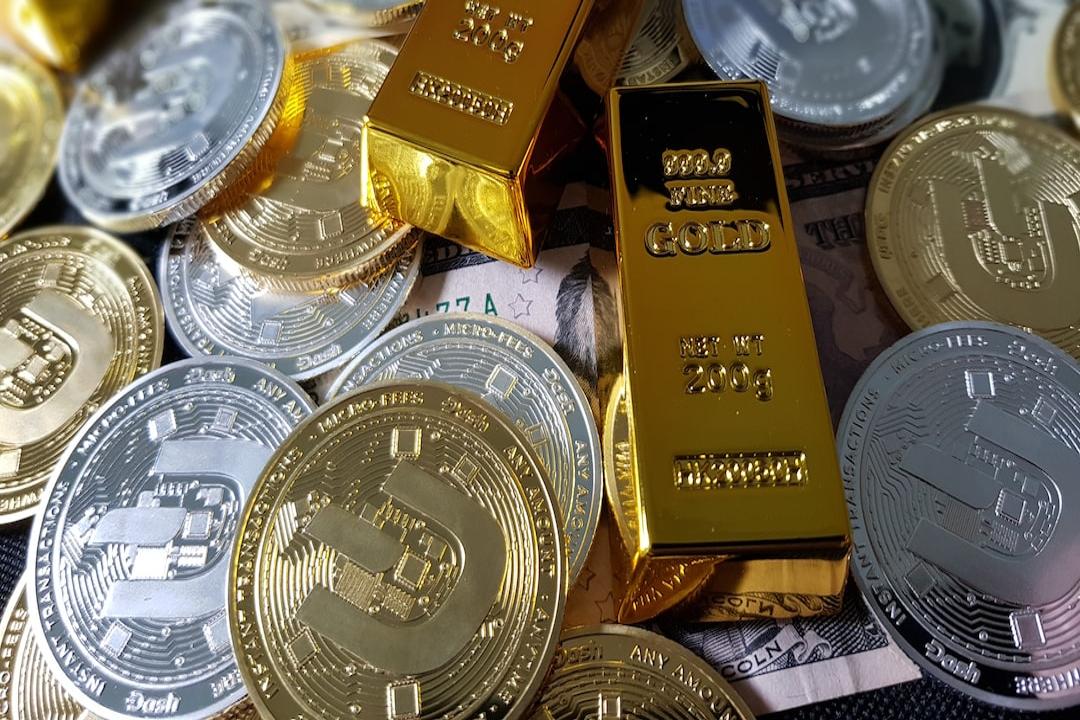
PEPE
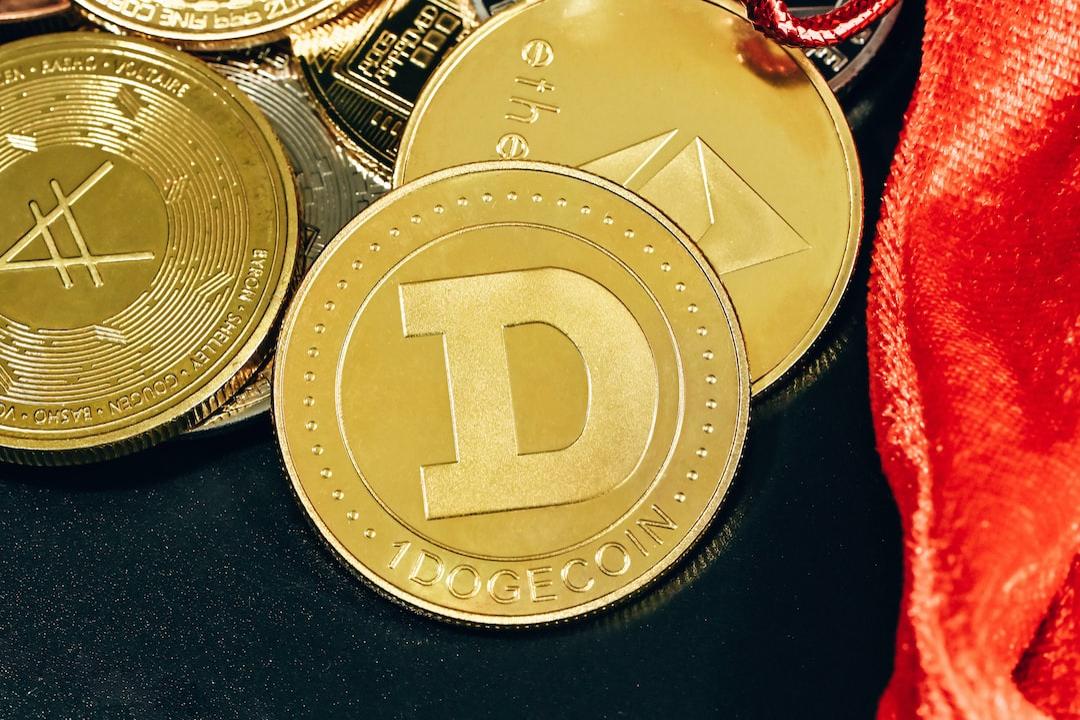
BONK
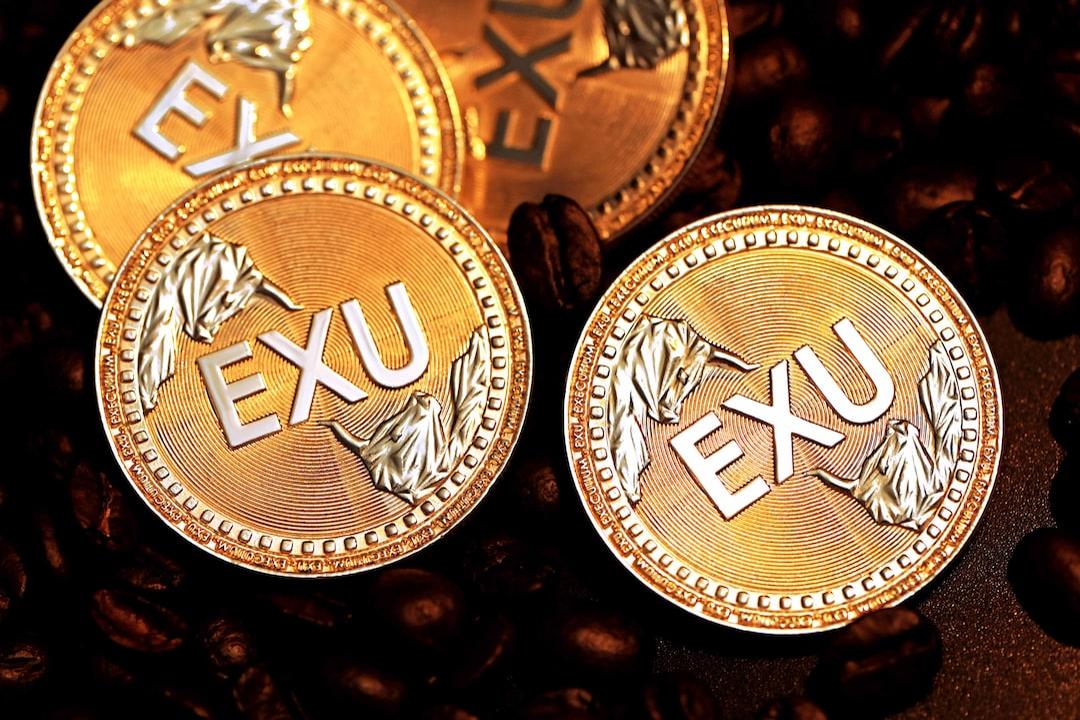
FLOKI
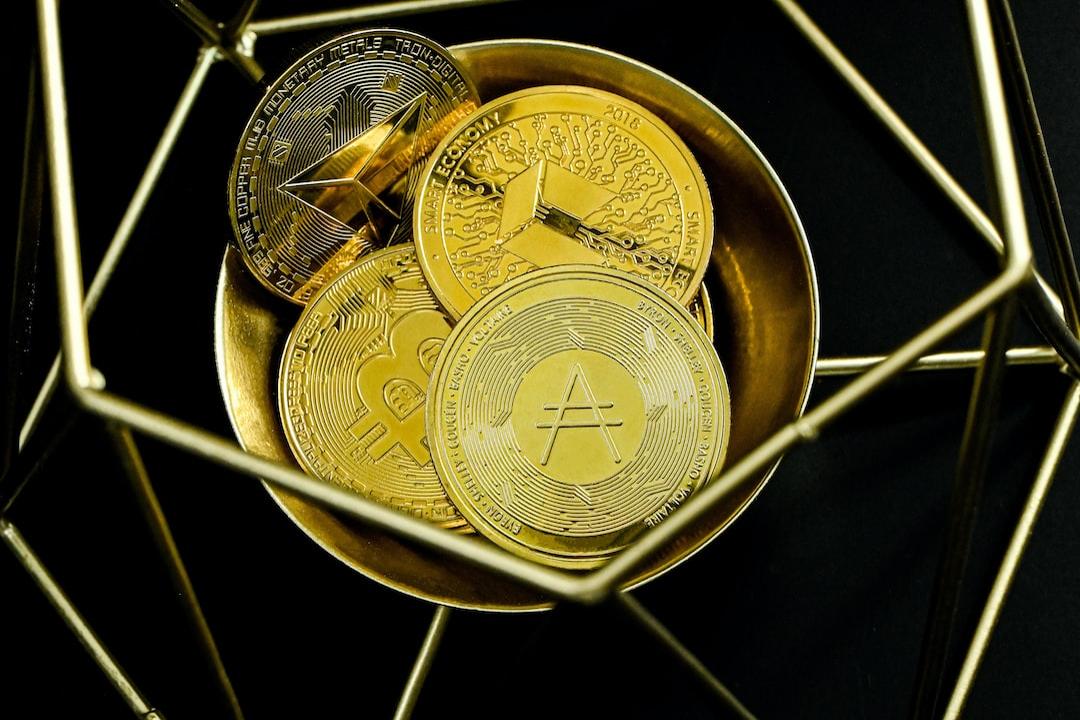
WIF
From the above image of memecoins (PEPE, BONK, FLOKI, WIF, excluding SHIB), it is evident that besides the project parties or black hole addresses, the largest holder is Binance. These tokens are also stored in Binance’s cold wallets.
What are Cold and Hot Wallets?
Hot Wallet: An online wallet connected to the internet, used for daily transaction processing. Funds in the exchange’s hot wallet can be used at any time for user withdrawal operations, thus possessing high liquidity but lower security.
Cold Wallet: A cryptocurrency wallet stored offline, completely isolated from the internet, offering the highest level of security. Exchanges typically store most of their assets in cold wallets to prevent hacking, and these funds are only transferred when necessary.
Importance of Fund Transfers Between Cold and Hot Wallets:
Large transfers from cold wallets to hot wallets may indicate that the exchange anticipates an increase in user withdrawal demands.
Large transfers from hot wallets to cold wallets may suggest that the exchange expects to hold the asset for the long term.
These internal transfers serve not only for storage or movement but also have a certain impact on prices. Similar to Bitcoin (BTC), internal transfers on Binance have confirmed this. Refer to:
- “Is There a Correlation Between Cold and Hot Wallet Transfers on Binance? Hidden Pricing Secrets? (Part 1)”
- “Is There a Correlation Between Cold and Hot Wallet Transfers on Binance? Hidden Pricing Secrets? (Part 2)”
Analysis of Memecoin Cold and Hot Wallet Transfers on Binance
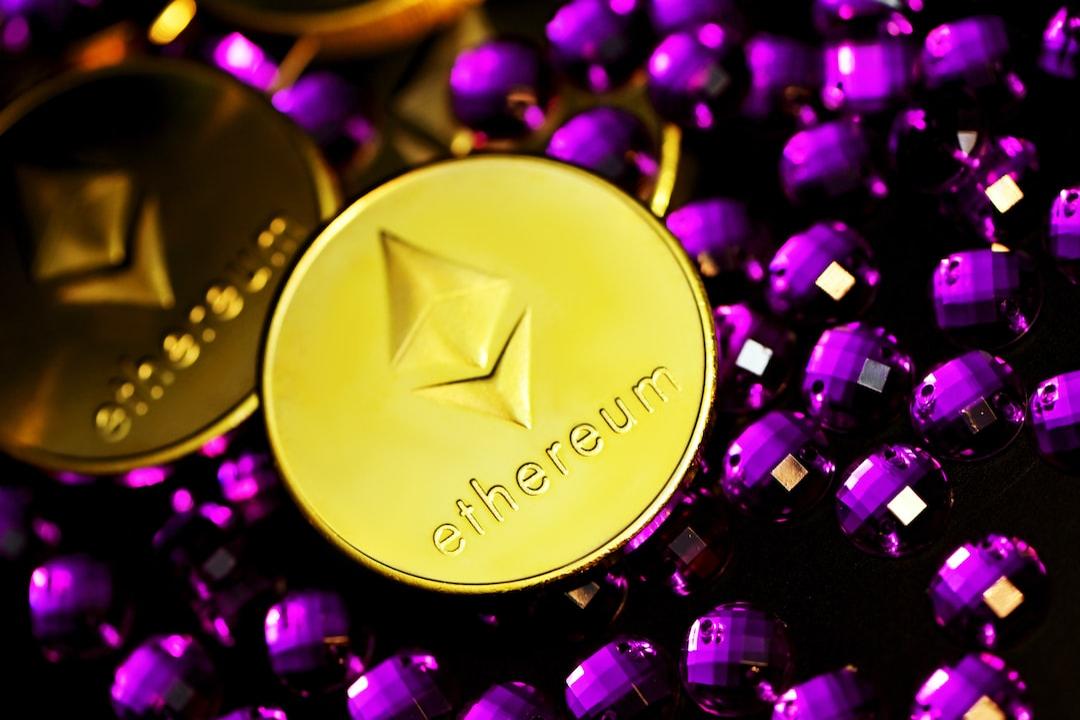
Green: Transfer from cold wallet to hot wallet
Red: Transfer from hot wallet to cold wallet
SHIB, PEPE, and FLOKI on the ETH chain are transferred internally via the following addresses:
- 0x28C6c06298d514Db089934071355E5743bf21d60 (Binance Hot Wallet)
- 0xF977814e90dA44bFA03b6295A0616a897441aceC (Binance Cold Wallet)
- 0x5a52E96BAcdaBb82fd05763E25335261B270Efcb (Binance Cold Wallet)
WIF and BONK on the SOL chain are transferred internally via the following addresses:
- 5tzFkiKscXHK5ZXCGbXZxdw7gTjjD1mBwuoFbhUvuAi9 (Binance Hot Wallet)
- 6QJzieMYfp7yr3EdrePaQoG3Ghxs2wM98xSLRu8Xh56U (Binance Hot Wallet)
- 9WzDXwBbmkg8ZTbNMqUxvQRAyrZzDsGYdLVL9zYtAWWM (Binance Cold Wallet)
- 3gd3dqgtJ4jWfBfLYTX67DALFetjc5iS72sCgRhCkW2u (Binance Cold Wallet)
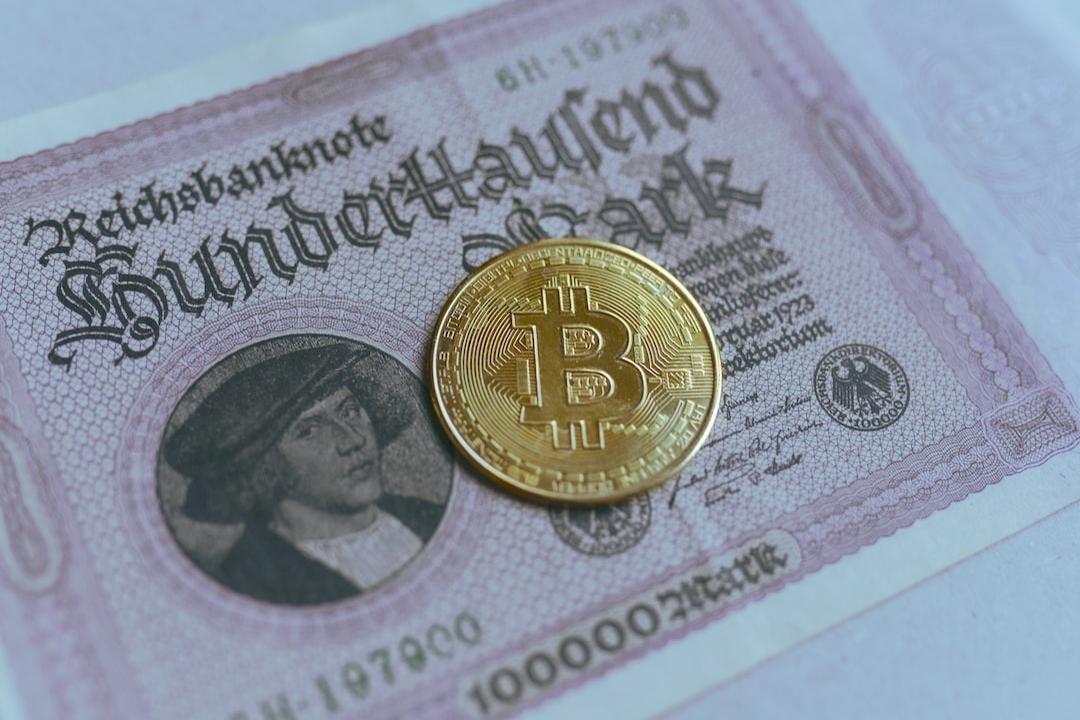
The above image is familiar to everyone, showcasing the tactics of market makers and price trends. From the image, it can be observed that Binance’s strategy typically involves continuously raising lows and highs, with lows often returning to the previous highs. Binance’s manipulation methods for memecoins provide important reference information.
Correlation Between Binance Cold and Hot Wallet Transfers and Memecoin Price Behavior

The above image shows on-chain transfer markers for PEPE from 2023/05/05 to 2024/02/24 on Binance.

The above image shows on-chain transfer markers for PEPE from 2024/03/06 to 2025/03/08 on Binance.
The analysis of PEPE tokens from 2023 to 2025 indicates that this coin was initially in a downward trend after being listed on Binance’s spot market. Observations reveal the following patterns:
- Internal transfers during the downward period are usually negligible; these are often just wallet consolidation activities, showcasing the trading behavior between market participants (whales and retail investors) after the market opens.
- Green Line: After experiencing a decline, the first rebound usually prompts Binance to transfer the token from the cold wallet to the hot wallet (forming a relative high).
- Red Line: During the subsequent decline, Binance continually transfers from the hot wallet to the cold wallet. When the price drops below the low of the first rebound (Yellow Line), a better buying opportunity emerges.
Selling decisions can be judged based on the situation of cold wallets transferring back to hot wallets. Additionally, buying behaviors noticed shortly after the market opens can also reveal that each transfer represents buying and selling opportunities:
Green: Transfer from cold wallet to hot wallet (low point)
Red: Transfer from hot wallet to cold wallet (high point)
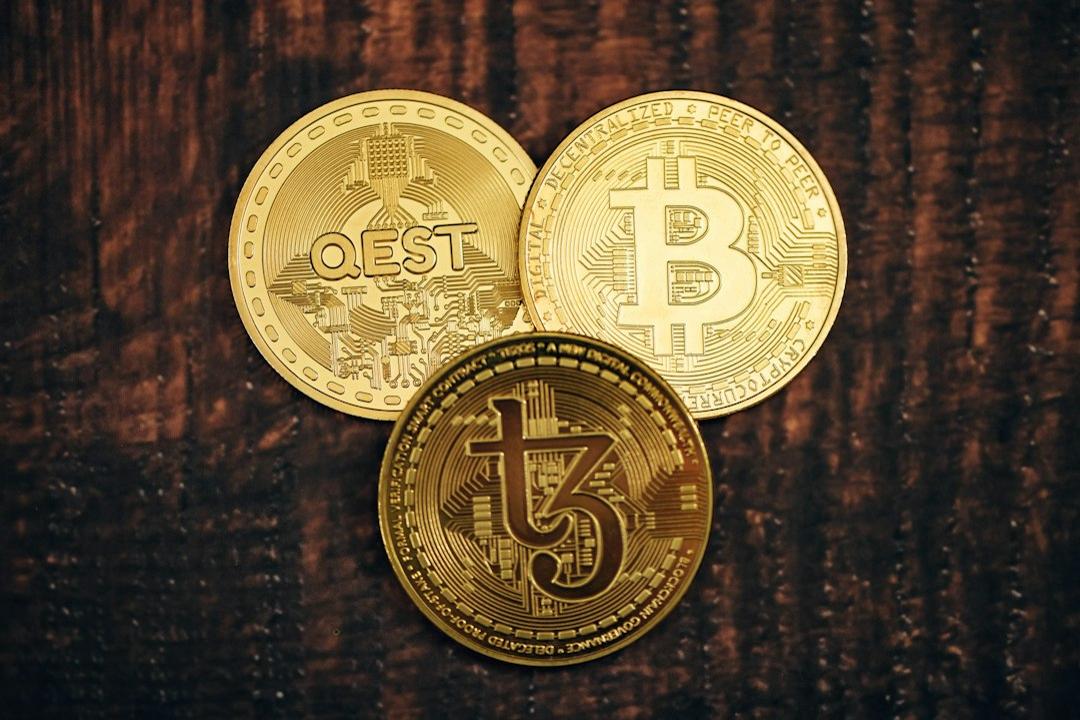
The above image shows on-chain transfer markers for FLOKI from 2023/06/10 to 2024/02/06 on Binance.
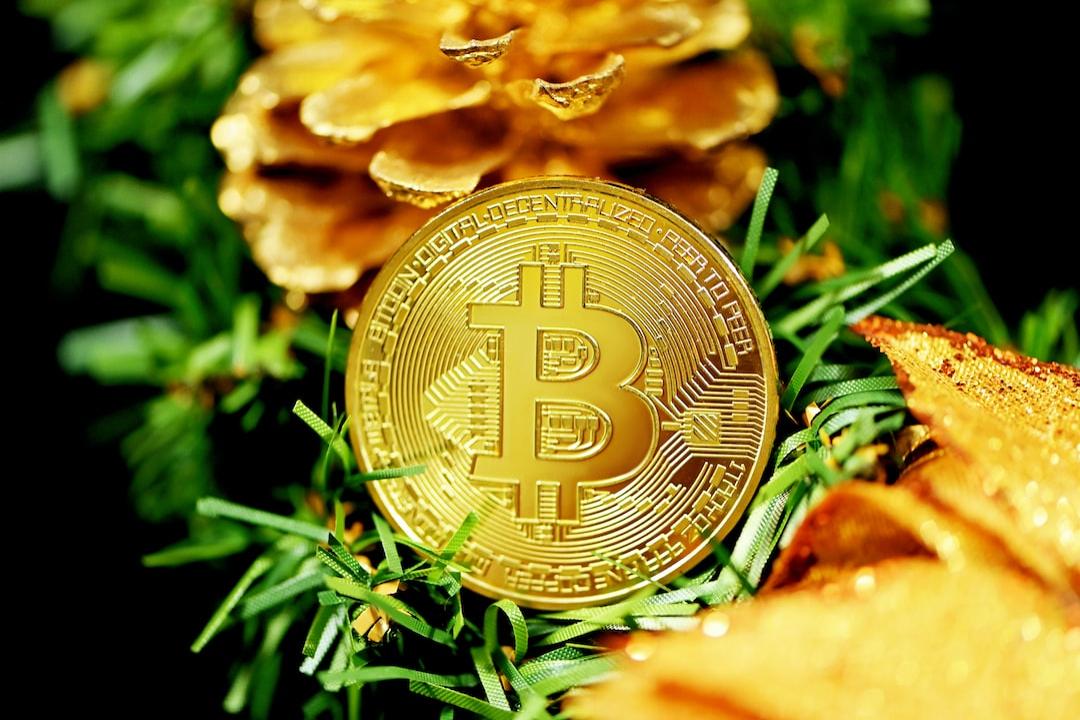
The above image shows on-chain transfer markers for FLOKI from 2024/02/27 to 2025/03/09 on Binance.
From the transfer process from 2023 to 2025, it can be observed that FLOKI follows a trend extremely similar to that of PEPE, adhering to the following rules:
- Internal transfers during the downward phase following Binance’s listing primarily serve as wallet consolidation and can be ignored.
- Green Line: The large transfer from cold wallet to hot wallet during the first rebound indicates the formation of a phase high.
- Red Line: When the price falls below the low of the first rebound (Yellow Line), and Binance continues to move the token from the hot wallet to the cold wallet, it usually presents a good buying opportunity.
- When Binance again transfers a large amount from cold wallet to hot wallet, it serves as a selling opportunity.
Similarly, after buying behaviors post-market opening, each transfer showcases consistent patterns:
Green: Transfer from cold wallet to hot wallet (low point)
Red: Transfer from hot wallet to cold wallet (high point)
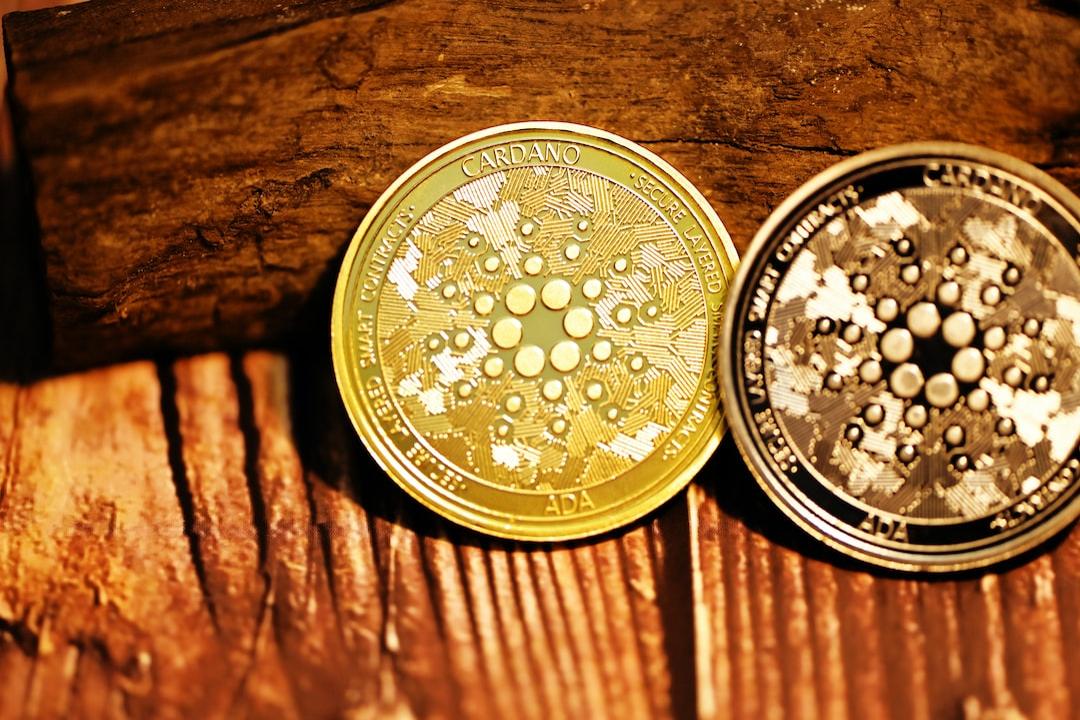
The above image shows on-chain transfer markers for WIF from 2024/04/05 to 2024/10/08 on Binance.
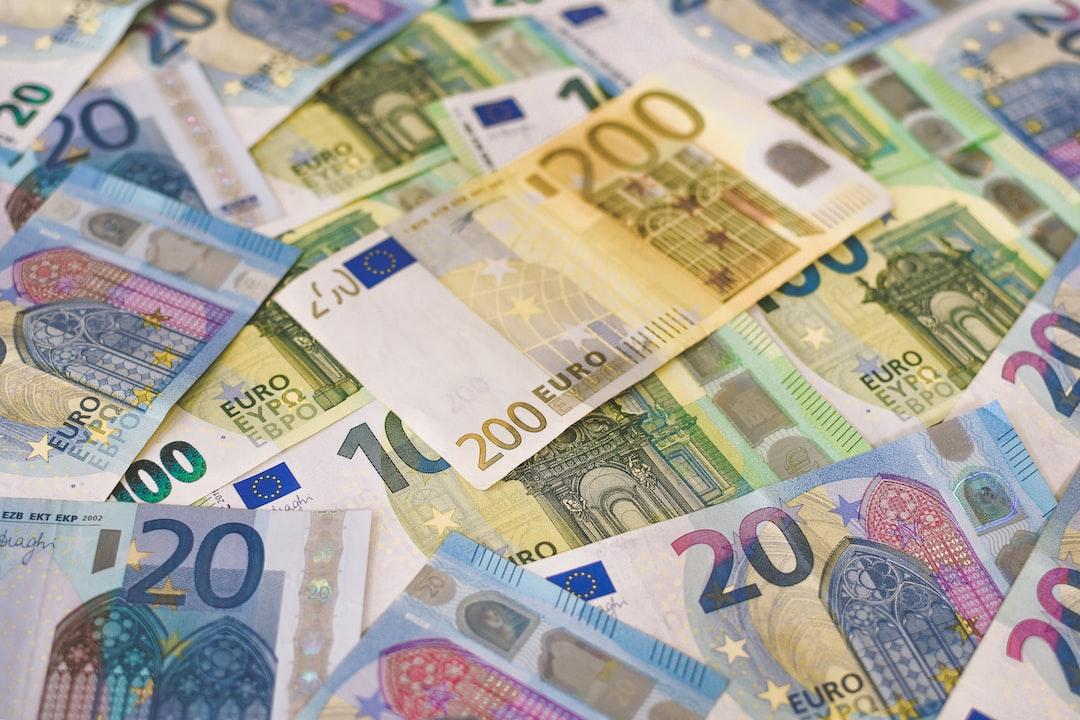
The above image shows on-chain transfer markers for WIF from 2024/11/12 to 2025/03/09 on Binance.
Although WIF is a relatively new memecoin, its trend is similar to the previously analyzed tokens:
- During the downward period after Binance’s listing, internal transfers primarily serve wallet consolidation.
- The first rebound high point, accompanied by a large transfer from cold wallet to hot wallet, forms the high point.
- When the price falls below the low of the first rebound, and Binance continues to transfer the token from the hot wallet to the cold wallet, it often presents a buying opportunity.
- Subsequent transfers from cold wallet to hot wallet may serve as potential selling signals.
Similarly, the consistent pattern can be observed in each internal transfer shortly after the market opens:
Green: Transfer from cold wallet to hot wallet (low point)
Red: Transfer from hot wallet to cold wallet (high point)
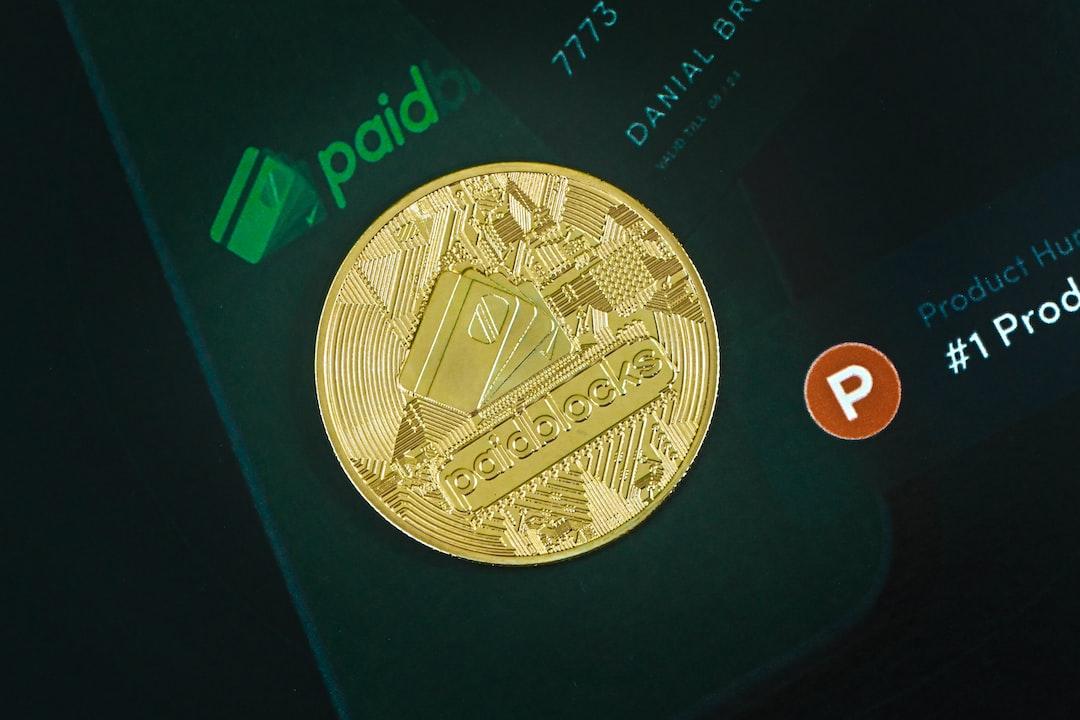
The above image shows on-chain transfer markers for BONK from 2023/12/15 to 2025/03/09 on Binance.
The results for BONK align with other memecoins, similarly following the pattern of waiting for prices to break below low points for buying opportunities and internal transfers on Binance.
Buying Opportunities for TRUMP:
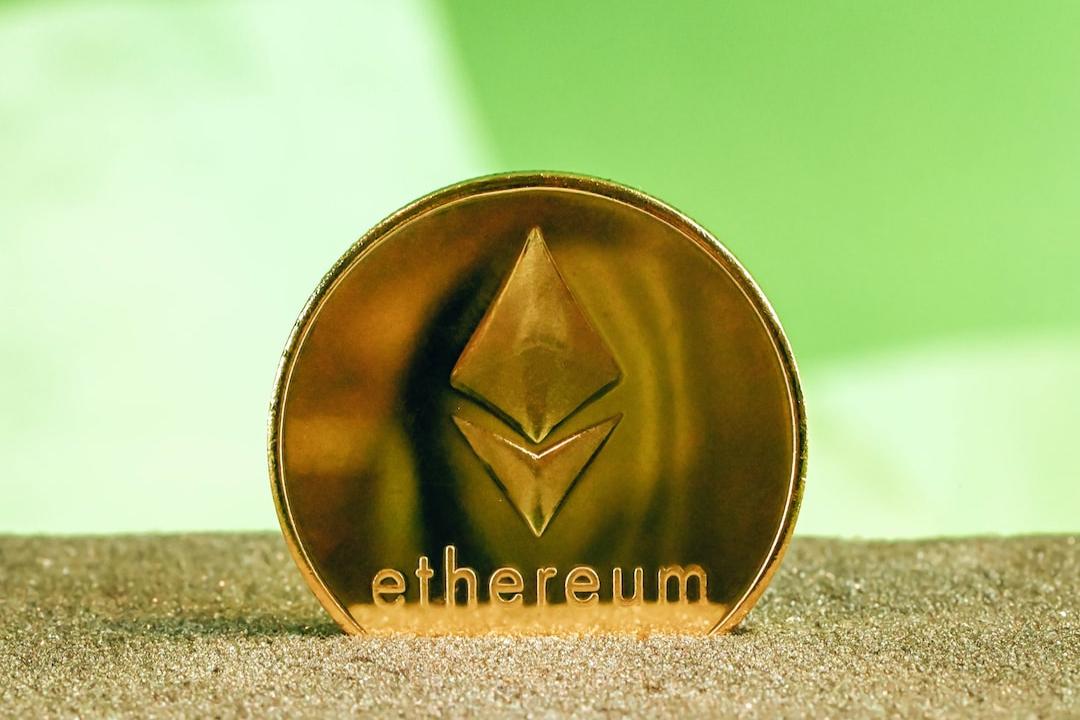
It is noteworthy that the TRUMP token, ranked fourth among memecoins on Binance, also has Binance as its largest holder (excluding project parties).

This is consistent with the situation of other memecoins analyzed earlier, indicating that the same analysis methods apply to TRUMP. Following a rebound, transfers from the cold wallet to the hot wallet by Binance, followed by a drop below the low point, accompanied by the transfer of the token from the hot wallet to the cold wallet (green arrow), serve as buying opportunities.
Conclusion
Buying and Selling Strategies Post-Market Opening (Initial Phase):
- Ignore the initial declines post-market opening; internal transfers during this period primarily serve wallet consolidation and do not present clear buying conditions.
- Pay attention to the first rebound; if it is accompanied by transfers from cold wallets to hot wallets, it indicates the formation of a phase high.
- Buying opportunities arise when the price drops below the low of the first rebound and Binance continues to transfer the token from hot wallets to cold wallets.
- Potential selling opportunities occur when the price rises, and Binance makes substantial transfers from cold wallets to hot wallets.
Maturity Stage of Token Prices (After Stabilization):
Once the price trend of the token stabilizes, each internal transfer can serve as a trading signal:
- Buying at Low Points: Transfers from cold wallets to hot wallets at relatively low points indicate accumulation.
- Selling at High Points: Transfers from hot wallets to cold wallets at relatively high points indicate distribution.
This report is for informational sharing purposes only and does not constitute any form of investment advice or decision-making basis. The data, analyses, and opinions referenced in the text are based on the author’s research and public sources and may contain uncertainties or be subject to change at any time. Readers should exercise caution and make investment judgments based on their own situations and risk tolerance. For further guidance, it is recommended to seek professional advice.
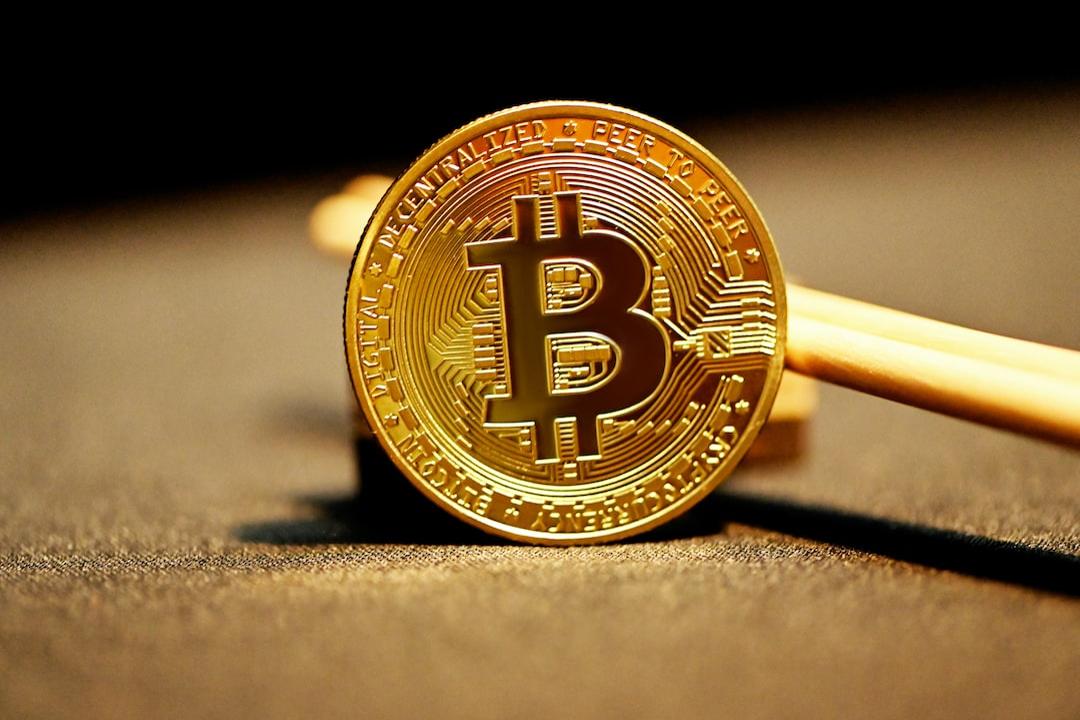
Related Reports
- BNB Chain’s trading volume surpasses SOL and ETH! CZ donates to buy $Mubarak, $TST, sharing token issuance tutorial.
- The Life and Death of Super Public Chains: A Comparison of Ethereum, Solana, and BNB Chain.
- BNB Chain Play Strategy: A Complete Guide from Scanning Chains to Monitoring Transactions.

